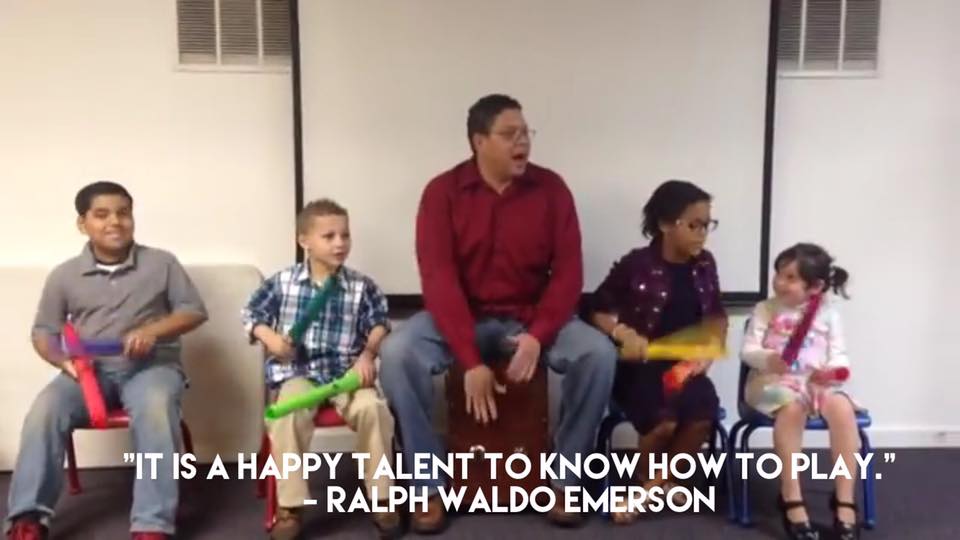13 FUNctional Ways To Use Boomwhackers
by Jorge Ochoa, OTR
1) Social participation: sharing, taking turns, following rules/directions, group cohesion/teamwork.
- Pass a small ball or marble between the tubes.
- Each individual plays a tube in rhythm with the group and then passes the tube to the next person when the leader says "switch".
2) Eye-hand coordination/ use of both hands /grasping.
3) Memory/attention/sequencing: play a rhythm/pattern and individual has to copy (play it back).
4) Body awareness/parts (proprioception): play against body parts with eyes opened and then closed (ankle, elbow, shoulders, hips, arms, knee).
5) Crossing midline: Hit opposite side of body with tube.
6) Play/creative self-expression.
7) Arm and shoulder range of motion/strength:
- Play high above head, low to the ground, towards and away from your body.
- Play against wall or door at /above shoulder level.
8) Impulse Control: During group playing, leader verbally cues the group to "start" and "stop".
9) Self-confidence/self-esteem: Individual gets to play a solo during group playing.
10) Leadership: When the individual raises the tube, everyone plays loud. When tube goes down, they play softer.
11) Play the rhythm of words (syllables).
12) Kinesthetic formation of letters/numbers: Use large motor movements in the the air and/or ground with arm and Boomwhacker.
13) Play the number of sides of a shape (hit the tube against a surface as you count the sides).
References:
Occupational Therapy Practice Framework: Domain and Process (3rd Edition)
Pressure/Force Control
And they're not just for kids!
Spend some time in a family jam!
Interview at the 2018 American Occupational Therapy Associaltion's (AOTA) Conference EXPO with Miss Jaime, OT at the Rhythm Band booth
Radiological Society of North America (RSNA): Press release for Boomwhackers research.

|
Musical Training Creates New Brain Connections in Children.pdf Size : 367.992 Kb Type : pdf |

Strengthening the shoulder for good fine motor skill development.